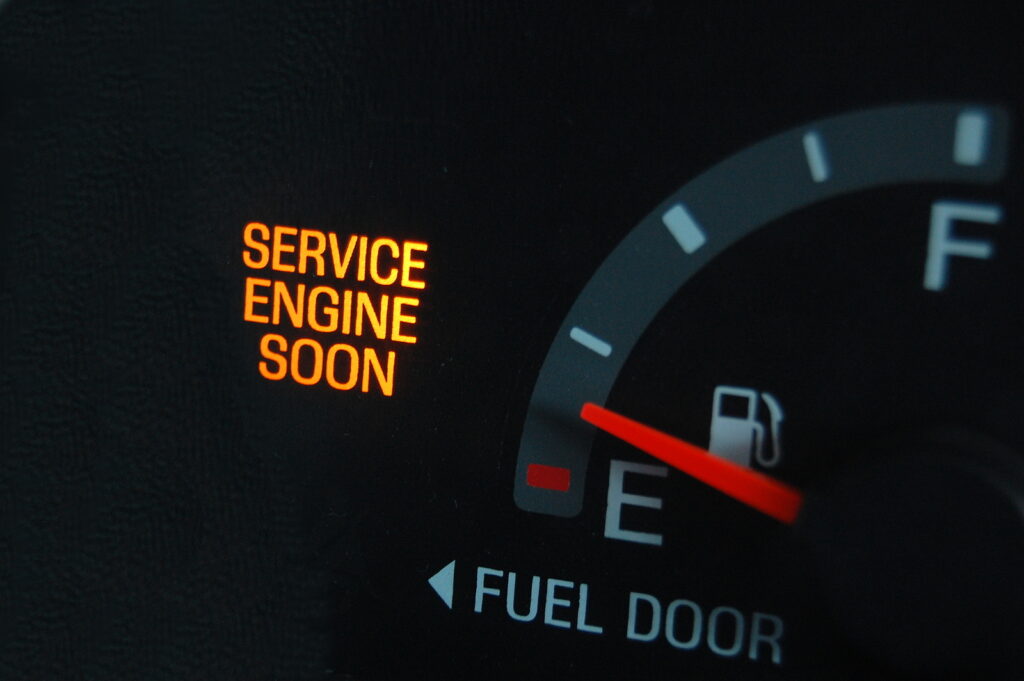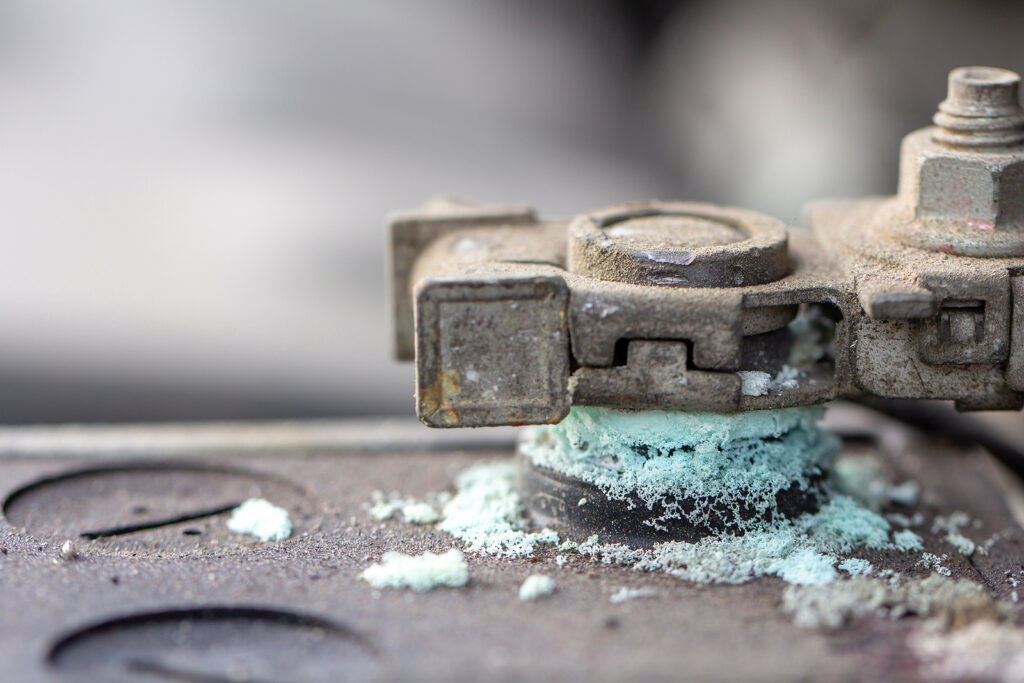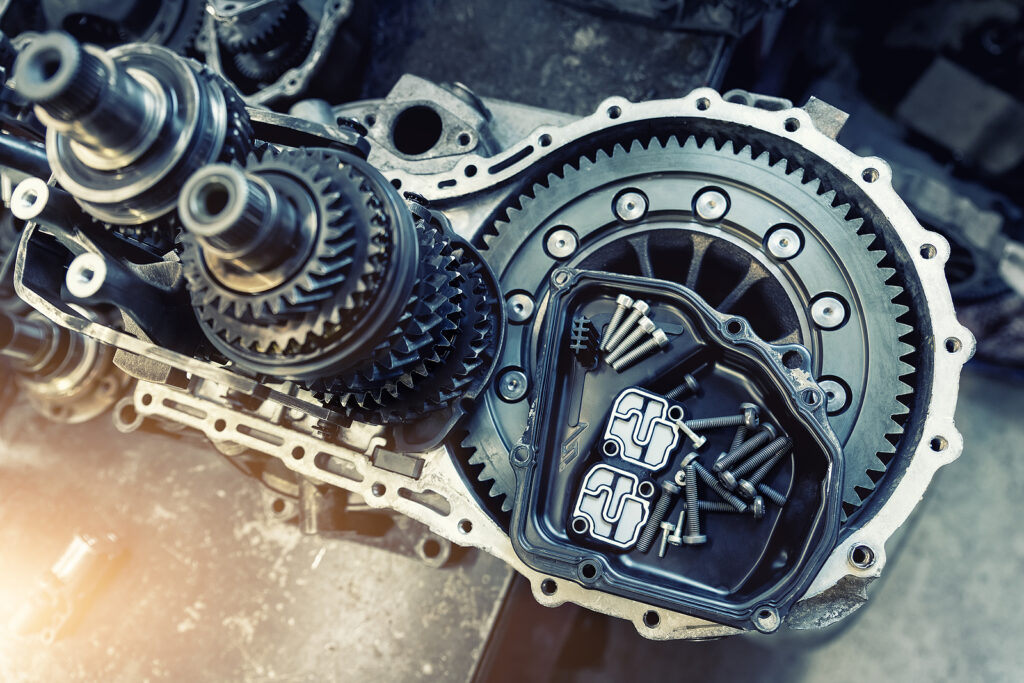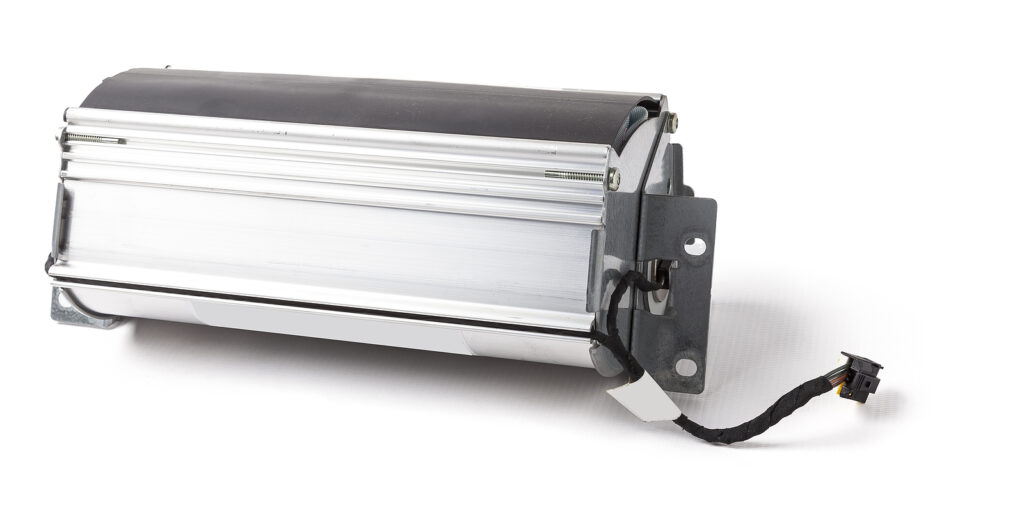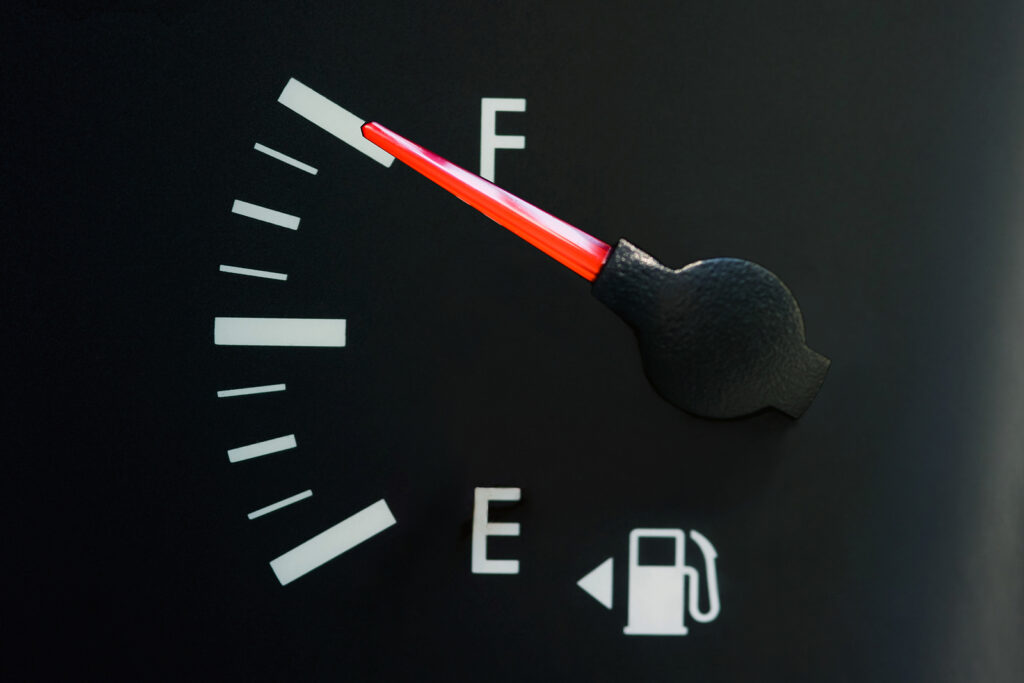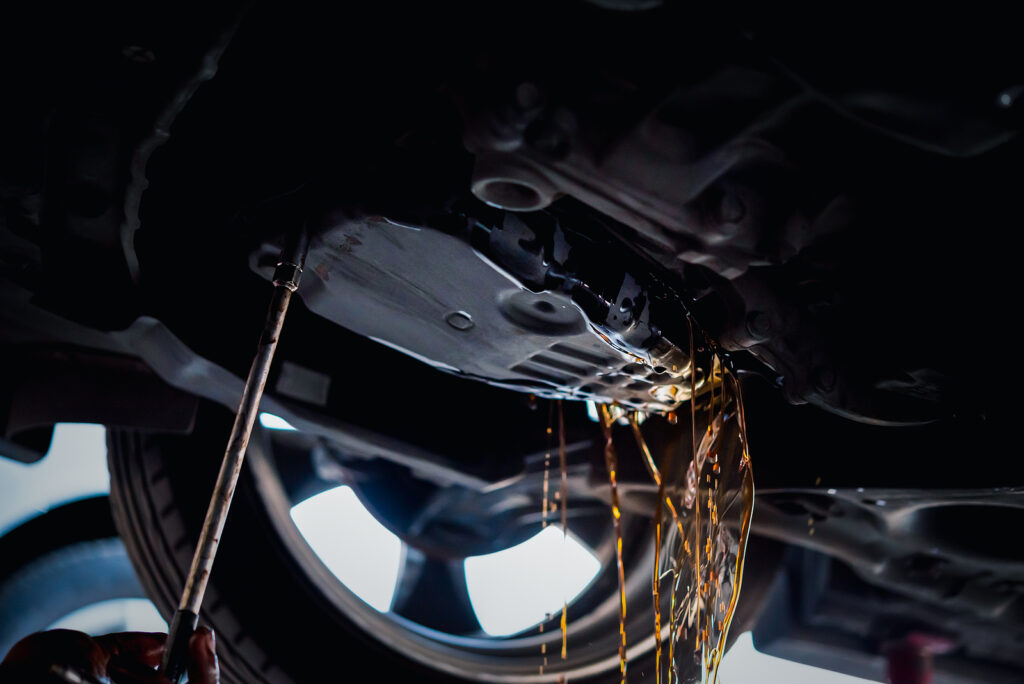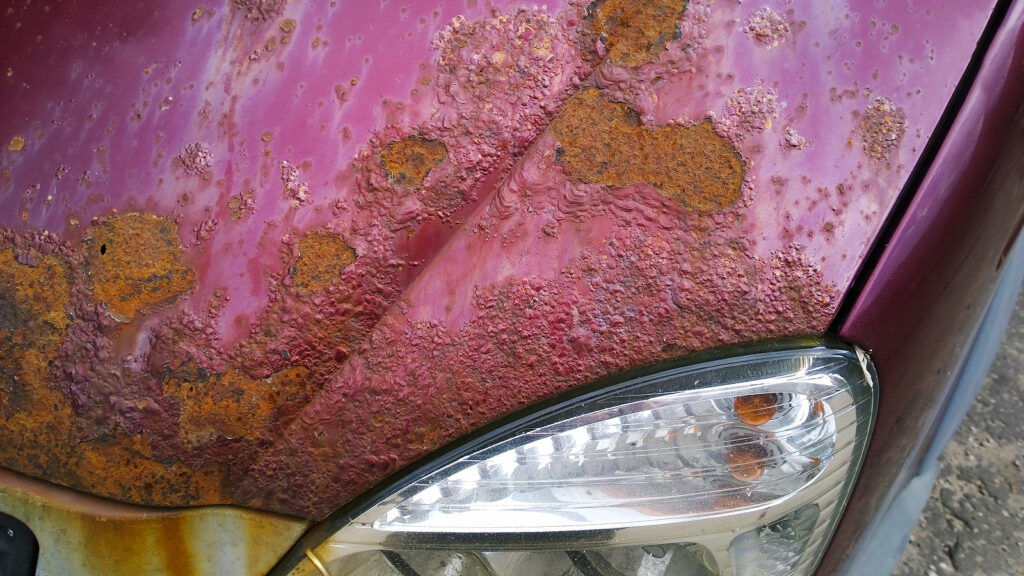Auto recycling is one of the most important planet-preserving enterprises of today, and that applies worldwide. So much so, in fact, that modern automakers are designing their models with a more Eco-conscious agenda. Electric vehicles are the perfect example!
Can electric cars be recycled for their copper and other valuable metals once they are junked or totaled? Well, the answer is a resounding YES! Continue below to learn which valuable metals are found inside electric cars, making them the perfect non-motorized asset to recycle!
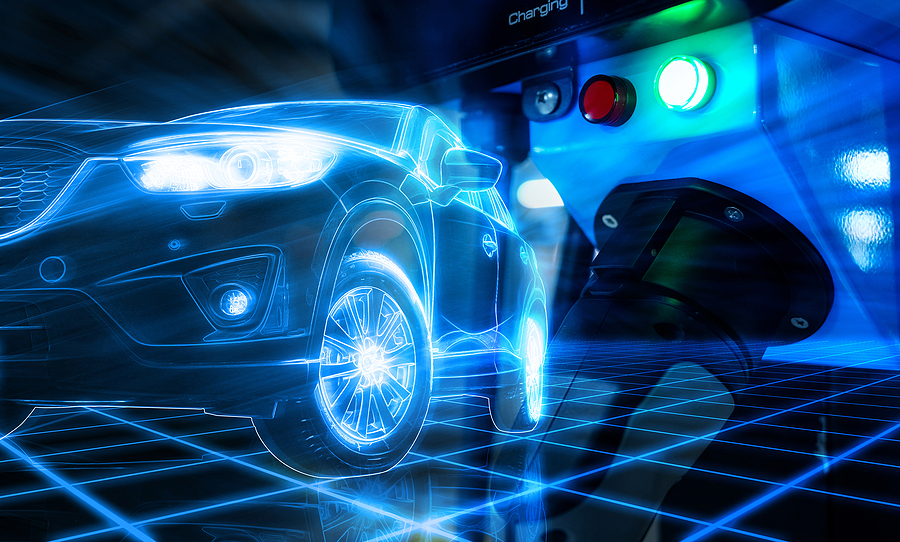
Is There a Lot of Copper in Electric Vehicles?
There are three common types of electric vehicles humming about on the roads today: battery electric vehicles (BEV), plug-in electric hybrid vehicles (PHEV), and standard hybrid electric vehicles (HEV). Regardless of type, all electric vehicles are made with all sorts of metal and metal components, including aluminum, bauxite, lithium, cobalt, and even traces of precious metals like gold and silver. But being as though they are powered by electricity, they tend to have a good quantity of metal with good conductivity and ductileness, like copper.
How much copper? Well, a lot.
Battery electric vehicles (BEV) are powered by a battery-powered electric motor. They contain an average of 183 pounds of copper. Plug-in hybrid electric vehicles (PHEV) primarily use an electric motor but have fuel engines and gasoline reserves for backup after the battery runs out of charge. They must be plugged in to recharge, and contain an average of 132 pounds of copper. Standard hybrid electric vehicles (HEV) combine the power of fuel with an electric motor, and they contain the lowest average copper composition, coming in at 85 pounds.
How do these copper values compare to the average American-made vehicle? Well, the average American car contains around 55 pounds of copper wiring and copper components and electric cars have at least three times as much! Although most of the copper content found in electric cars comes from the rotors, systems like circuit boards, batteries, and electric motors can also contain copper.
How to Recycle an Electric Car
Although electric cars are just getting started in the auto manufacturing industry, accidents and breakdowns happen. If you have an electric vehicle that wrecked or totaled, consider selling it to a local Louisville auto salvage yard. Reputable junkyards will even pay you the scrap value in cash! By recycling a junked or totaled electric car, you can support its greener initiative and help the environment in whole!
Do you need to scrap an electric vehicle? What about a standard, gas or diesel powered vehicle? Contact GC’s Junk Cars at 502-804-5605 to sell your wrecked electric car in Louisville, Kentucky for cash on the spot! We also provide free junk car removal!
Related Posts:
Car Wreck Insurance Myths to Beware Of
Tips on How to Store a Car Long Term
The Environmental Benefits of Junking Your Car

